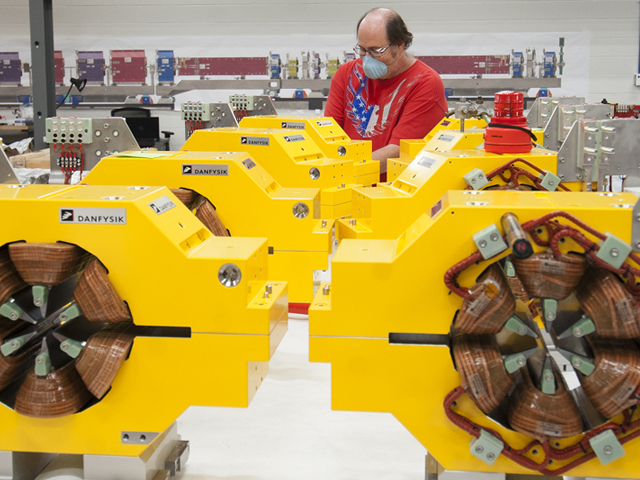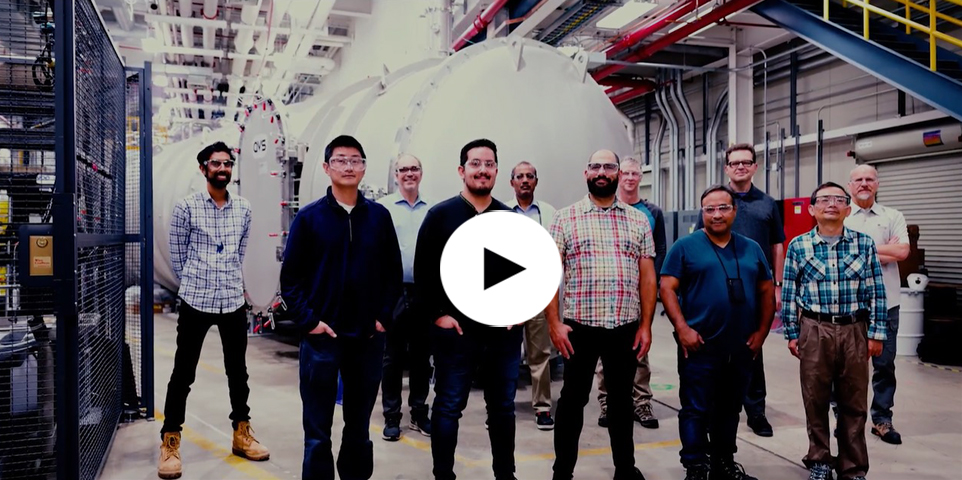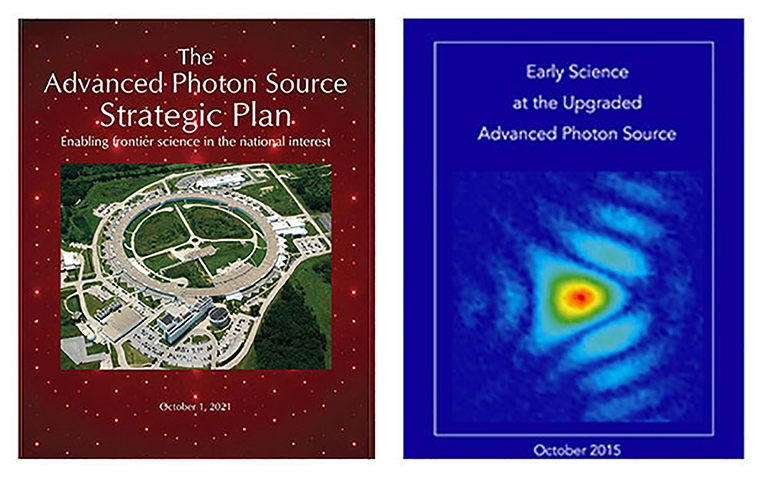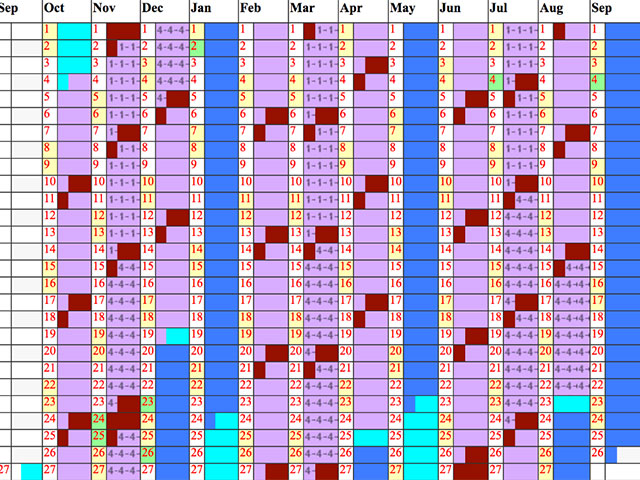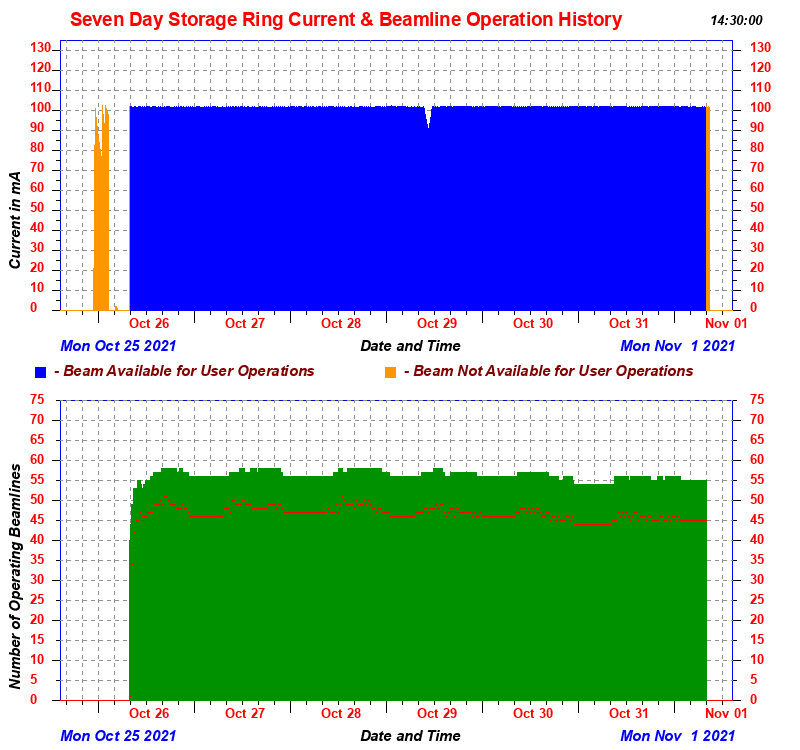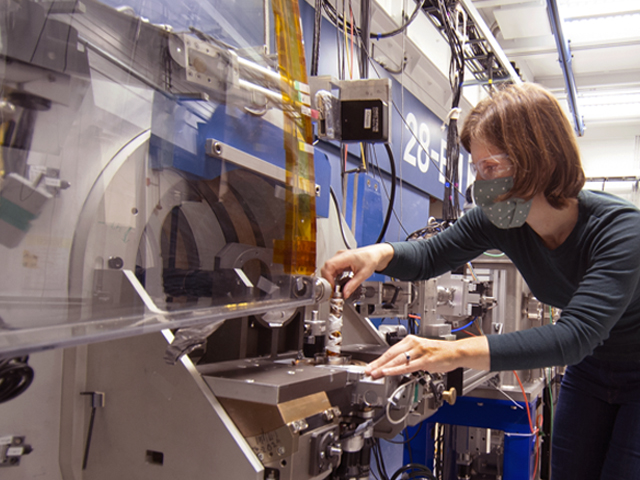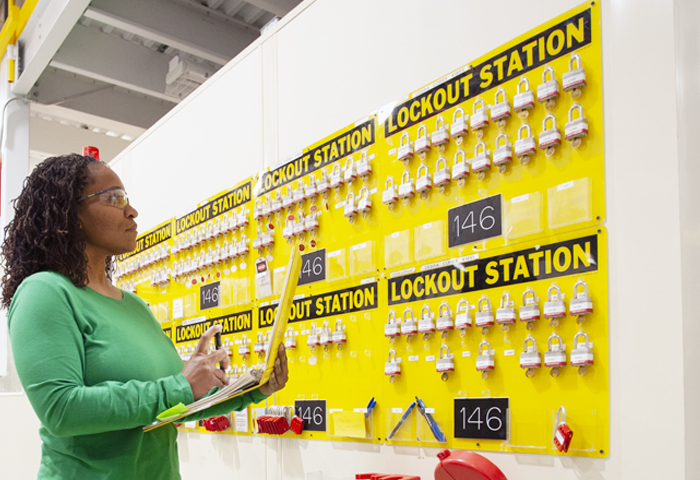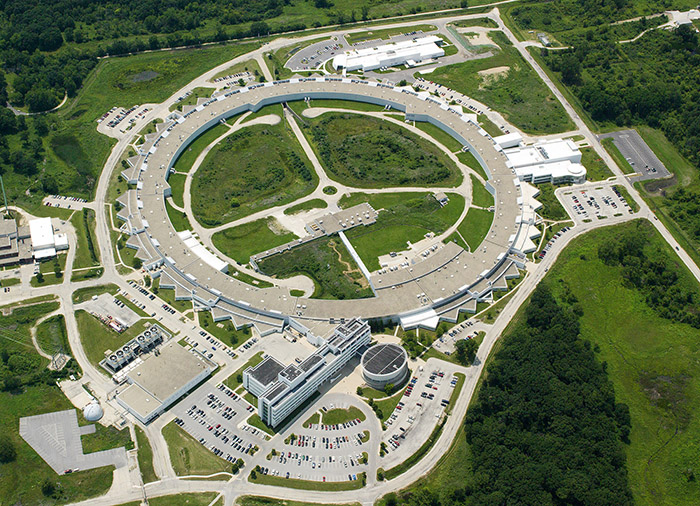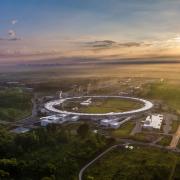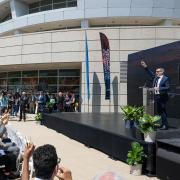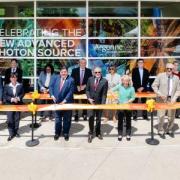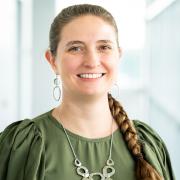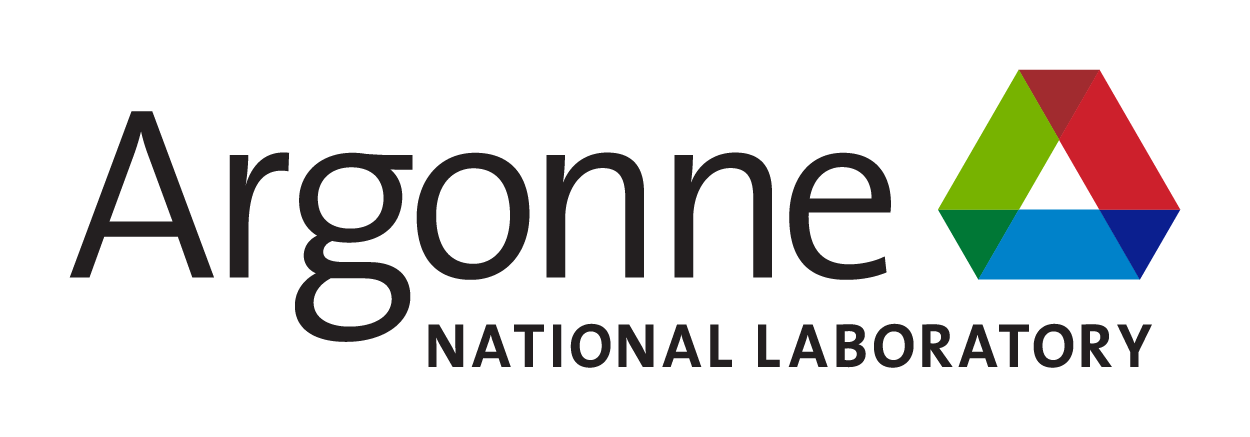
The Advanced Photon Source
a U.S. Department of Energy Office of Science User Facility
THE ADVANCED PHOTON SOURCE UPGRADE IS IN PROGRESS
The Advanced Photon Source is undergoing a comprehensive upgrade to replace its original electron storage ring with a new, state-of-the-art accelerator. This will increase the brightness of APS X-ray beams by up to 500 times, and new beamlines will be constructed to take advantage of these improved capabilities. The facility will be closed for operations during this time.
Visit the APS Upgrade webpage for information about the project’s progress and future science at the facility. We look forward to completing the project and welcoming our users back to the APS this year.
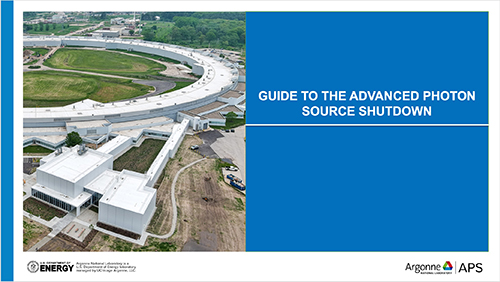
Working during the shutdown?
Download the Guide to the APS Shutdown here.
Download the Guide to the APS Shutdown here.
APS/User News
The Users’ Executive Committee’s new members and leadership were nominated and elected by the APS user community and will serve for three-year terms.
APS in the News
On July 17, 2024, elected officials and Department of Energy leaders joined Argonne to dedicate the upgraded Advanced Photon Source (APS).
APS/User News
Elected officials, Department of Energy leaders and other luminaries joined Argonne today to dedicate the upgraded APS.
APS/User News
Technical Facilities and Systems Specialist Laura Boon is applying the skills from her experience working on the Advanced Photon Source Upgrade across Argonne’s campus.
Conferences, Workshops, Meetings
Jul 31 2024
Aug 19 2024 to Aug 23 2024
Aug 25 2024 to Aug 30 2024
Aug 26 2024 to Aug 30 2024
Seminars, Training, Schools, Etc
-
Oak Ridge National Laboratory and Argonne National Laboratory
1:00 p.m. Virtual
3:00 p.m.
11:00 a.m. Hybrid: 440/A105-A106 and Virtual












